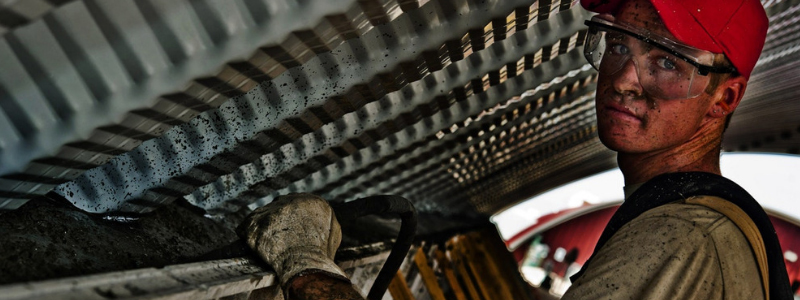
03 Feb Modern Slave Labour – What Should You Do?
In a report by the Gangmasters and Labour Abuse Authority, the UK construction industry is considered to be a high-risk sector for modern slave labour.
While this may come as a surprise to some, reported cases of slavery have increased 35% year on year across the UK.
At present, the UK construction sector employs more than three million people and is one of the largest employers of migrant labour.
Migrants are particularly at risk of modern slavery due to their circumstances. From fleeing violence and conflict to being away from their community. The access to legitimate forms of employment and their legal status can cause them to have to find work in ways which lead to gangs and other criminal organisations.
Since the UK Modern Slavery Act 2015, any UK-business with a turnover of more than £36 million must report annually on what they are doing to tackle slavery.
The responsibility may appear to be on businesses to report slavery, but as a construction worker, you can also report possible cases of slavery.
Know the Signs
There are six key indicators that can help you identify if an individual is currently enslaved.
These areas have been highlighted by the Gangmasters & Labour Authority and were also more recently detailed in the BBCNewsbeat documentary, Making a Slave.
By understanding these signs and spotting them early on, you can help support those trapped, and reduce the impact of modern slavery in the construction industry.
Restricted Freedom
If you notice that an individual on a construction site is being dropped off at unusual times, or is being dropped off and collected by the same person, this could be a sign that their freedom is being restricted.
Other signs may also include not having access to a mobile phone, or not being in possession of their passports or identity documents. This could indicate they are being held by someone else.
More subtle indicators to take note of include the individual not being allowed to leave the site at all. This may even include the restricted ability to talk to others or go to a shop.
If the individual comes across in being controlled in any way, or not allowed to move freely; these all indicate that they could be under the duress of someone else.
Behaviour
The behaviour of an individual who is being treated like a slave will immediately be noticeable, especially on a construction site where communication between labourers is key.
Individuals may be unfamiliar with the local language, but furthermore, they may even allow others to speak for them when being addressed directly. This behaviour is often so that they are not harmed further, or say the ‘wrong thing’.
They may appear to keep themselves very isolated away from others and seem almost introverted.
Other indicators to watch out for include, seeing individuals scavenge for food, or even steal in order to get food or money for food.
Working Conditions
While working conditions may not feel like an obvious factor for modern slavery, these can be early indicators that an individual is working by force.
Any excessive work or long hours can be the result of modern slavery. Especially if it appears that the individual never seems to take a day off.
If an individual is unclear about their contract or forced to work in poor conditions, these are signs that something could be wrong.
An individual who is currently enslaved may also be dressed inadequately for the work they’re doing — for example, lacking warm clothing or protective equipment.
It may also come to light that they have no formal training or hold any professional licences.
Accommodation
If you see that an individual is living in very poor sub-standard accommodation, or with a large group of people, this may indicate they are being kept by force.
You may even find that the homes are unsuitable places, or even in agricultural or industrial buildings not fit for living.
The individual may not even know their address or where they live. This can all point towards a situation that needs to be investigated.
Finances
An individual who is currently trapped by modern slavery will receive little or no payment. They may not even have access to a bank or their own earnings.
This could become obvious if you see that they cannot pay for things, or if they have started stealing to gain food or money.
Appearance
Unfortunately, slaves are at risk of severe abuse by their perpetrators.
Injuries that appear to be the result of an assault can be the work of a gang controlling the individual. They may give poor excuses about where these have come from, or even ignore your comment completely.
Impairments from job injuries are also common to those forced into slave labour. Due to their lack of knowledge and training, and poor site control, they are far more at risk of a workplace injury.
Notify the Authorities
If at any time you suspect someone is in slavery, it is vital that you do not confront them or cause a scene on site. Unfortunately, such incidents can increase harm for them.
Should you feel that slavery is taking place on any construction site, you must inform the authorities and give them notes on everything you have witnessed.
The following organisations will be able to help you in reporting modern slavery;
Modern Slavery Helpline – 08000 121 700
Gangmasters & Labour Authority – 0800 432 0804 – intelligence@glaa.gsi.gov.uk



